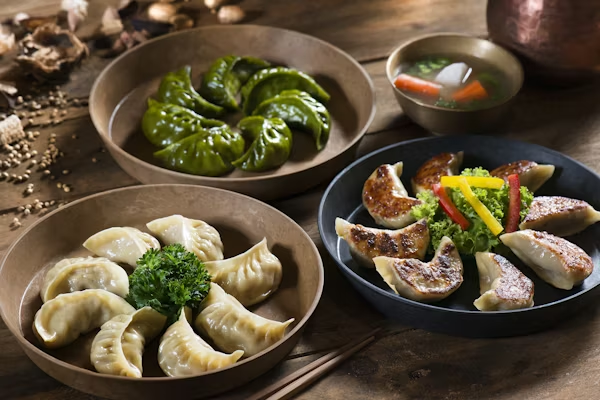It is one of the most beautiful destinations for adventure and culture tourism, and located in the Himalayas. What has intensified the beauty of the place is the pocket-friendliness of the entire country for backpackers, students, or anyone trying to jam-pack an adventure or cultural depth without breaking bank accounts. Enter into mountain treks and ancient temples; find street food and cozy homestays; everything makes Nepal just an incredible adventure beyond the budget travel in nepal. Most associated travel with luxury spending, but Nepal proves that best travel comes with a little price. Thoughtful planning can let you experience the experience of some truly natural beauty and rich traditions at a very low budget.
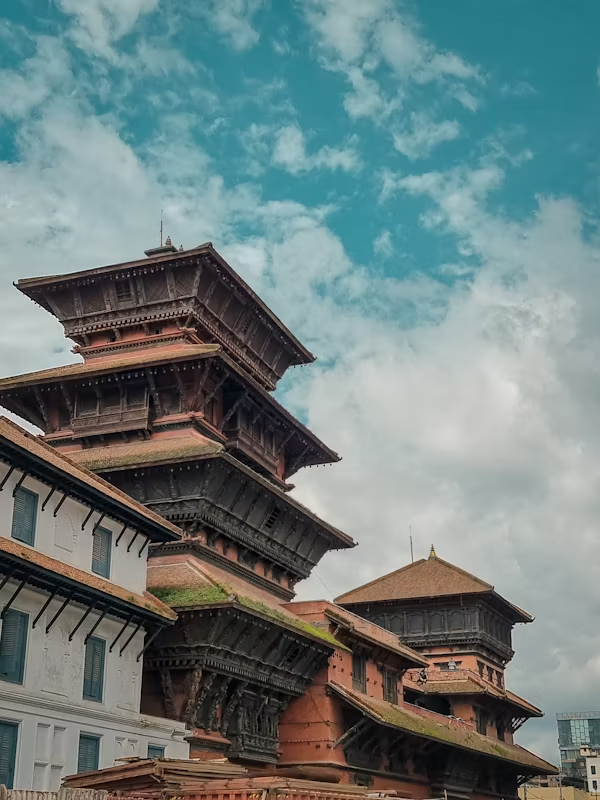
No price existing in the world will be able to rival the experience of eating dal bhat with families in local guesthouses on trekking routes to find a hidden part of nature in Nepal. It offers a rule of greatest personalities that need to be denied when resorting to some hair-raising or expensive tour packages or even luxury hotels.
There is always a welcome from many communities of localized research and travel, and it ends with nothing but warmth and stories that can’t be purchased by money. Open transportation means budget lodges and street eateries, for most times it just costs less, but really provides more hints about the ordinary life of the Nepalis. You would discover each corner beyond luxury into the simplicity and authenticity of the experience.
How to Experience the Best In Budget in Nepal?
This is a money-saving travel blog for Nepal. The blog contains information starting from selecting cheap transport and accommodation to cheap yet beautiful destinations. We will guide you step-by-step, whether trekking in the Annapurna region or strolling through the streets of Kathmandu. Saving is possible in innumerable ways without compromising your fun. There are shared tips on engaging the locals, respecting the cultural norms, and avoiding the typical tourist traps. Let us start with how to enjoy the magical side of Nepal on a budget.
In this guide to budget travel in nepal, we will show you how to enjoy the stunning landscapes, rich culture, and delectable cuisine without overspending.
1. Choose Budget Accommodation Option
Accommodation is available in Nepal at a very cheap price, especially in the famous backpacker’s region such as Thamel in Kathmandu or Lakeside in Pokhara. Hostels, guesthouses, and homestays may go as low as $5-10 minimum, but provide very basic yet comfortable amenities. Free Wi-Fi connection, hot showers, and even breakfast added value for money are widely offered by many places. Available through booking platforms like Hostelworld, or perhaps just walk in and negotiate business directly with the property. Off-seasons offer various price cuts, making it more economical. Always wise to read some latest reviews before booking to ensure cleanliness and safety.
Staying in family-run guesthouses or local homestays just adds that little bit extra to the cultural experience of the journey. Not only are these sides cheaper, but they also allow a connection to local families that might offer good insider tips on what to see and where to eat. The majority of homestays include meals in their tariffs, which means you spend less and get extra benefits with home-cooked Nepali food. Many travelers report that they have learned a lot about their local customs simply by chatting with their hosts. It’s an opportunity for cultural exchange that no hotel can offer. Such accommodations, when traveling in rural areas, give you the true village life experience.
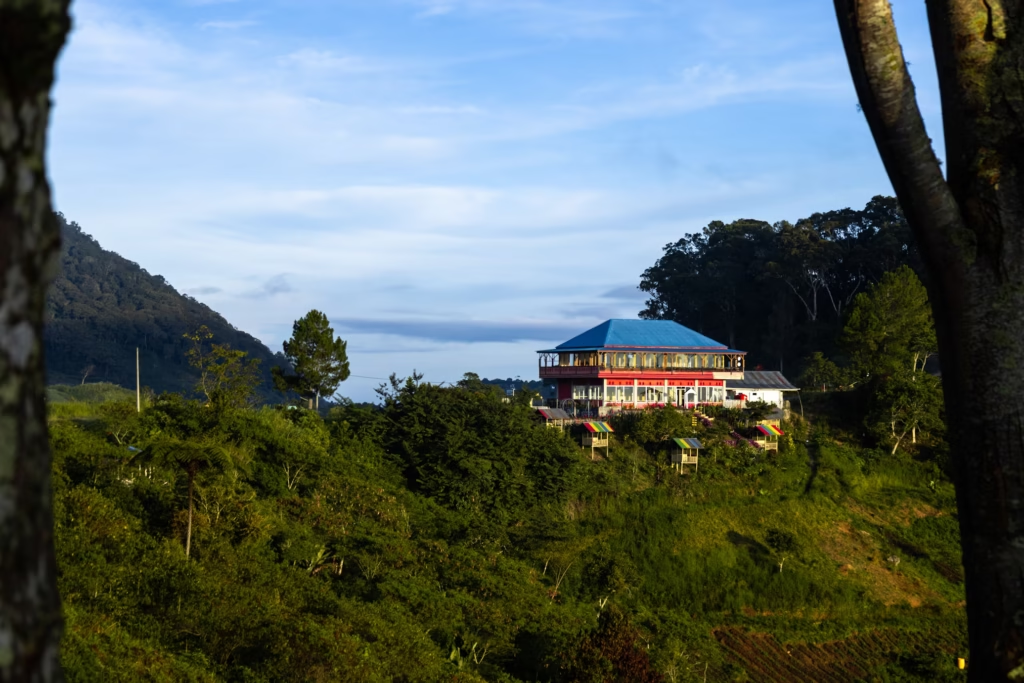
Another money-saving idea regards volunteering for accommodation. Workaway or Worldpackers are two platforms such travelers may want to use to match their interests with local projects or businesses looking for free accommodation and food in return for a few hours’ work, helping in a hostel, teaching English, or farming in a village. More great experiences on a small budget: it’s a win-win for travelers. Some hostels will also offer work-trade deals, especially in tourist-heavy cities. For the purposes of maximizing this benefit, be very clear and respectful with the hosts.
2. Eat like a local
Eating local food is one of the easiest ways to travel on a budget in Nepal. Traditional Nepali meals such as dal bhat (rice accompanied by lentils and curry) are wholesome, extremely fulfilling, and more importantly, very cheap. Most local eateries or “bhattis” offer an unlimited rice and lentil refill, making it the best option for budget travelers. A full-scale dal bhat set costs around $1.50-$3, depending on the area and extras. If you do not step into a Western-style restaurant, this can save you a lot of bucks within your trip. Above all, local foods are fresher, more authentic, and form part of this cultural experience.
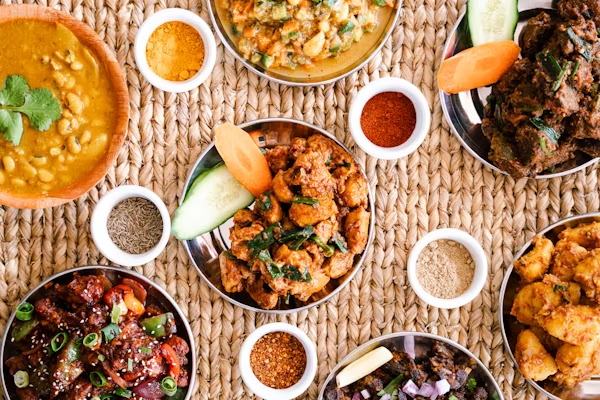
Street foods are another delicious and cheap option, especially in the cities of Kathmandu and Pokhara. Some of the popular food items being sold this way are momo (dumplings), chatpate (spicy puffed rice salad), and sel roti (sweet glutinous rice donut). These snacks normally cost less than a dollar and can be found at roadside stalls, bus parks, or markets. Although the taste can be quite daring and exciting, choose stalls that are clean and busy with locals. It usually means that the food is fresh and safe to eat. Also, a reusable water bottle with a filter can help you save money as well as with plastic waste.
Cooking can definitely be an option; while it is smart, it is also an economical one, especially if you are staying at a hostel with a shared kitchen. The local market is usually filled with cheap, fresh vegetables, grains, and spices. Learn to shop where the locals do in order to get the best prices and to learn about the culture’s produce and eating habits. If you can’t really cook, your friend can always teach you simple things like cooking noodles, rice, or eggs so food costs actually go quite down. You could also share group meals with fellow travelers and share the cost. This brings a social aspect to your travels while keeping your expenses down.
3. Use public Transportation and Shared Ride
Although neat and to-the-point, the transportation in Nepal is quite inexpensive and fairly accessible. There are local buses and micros or microbuses that ply between the major towns and villages at hardly a few cents to about two dollars. Although they are often crowded and bumpy, they represent fairly well an authentic slice of what is everyday life in Nepal.
Longer distance travel-in such regard, to other cities from Kathmandu, for instance, to Pokhara-is available on tourist buses at around $5-10 for a little more comfort. This is indeed a good alternative for saving a bit on room fare, as it is mostly night buses on which travelers usually get to travel. Opting for local transport rather than taxis or private cars cuts down travel expenses.
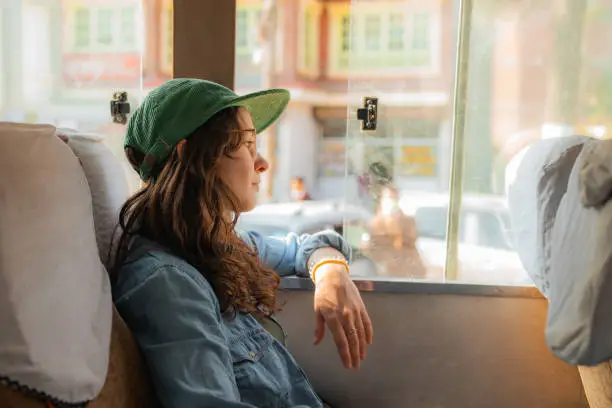
If the distance is small, such as a few kilometers, the three-wheelers or tuk-tuks might be used as a short transport system in combination with ride-sharing apps like Pathao and InDrive. The two methods also permit fare negotiation or meter rate collection, making them more economical compared to the ordinary taxi method. However, for more scenic experiences, Pokhara and Bhaktapur can be walked and cycled around because of their pedestrian-friendly, beautiful surroundings. The cost of renting a bike per day is extremely low and gives the person the chance to wander freely. In the hilly or remote areas, the best option would be shared jeep rides. Could be not very comfortable, but that’s reliable wallet-saving.
Another way to make your money worth within the country is avoiding costly air travel within Nepal. Though domestic flights tend to reach destinations more quickly, they are most times expensive and often delay flights due to the weather conditions. Buses and shared jeeps would be slower but view amazing landscapes and interact with the local populace. It also acclimatizes you to changing altitude in case you travel to high-altitude areas. Slower travel in Nepal is about more than just saving; it is about the journey itself. Every bumpy ride, becomes part of the adventure.
4. Explore Free and Low-Cost Attractions
One of the countries on the planet blessed with beauty and cultural richness, this is Nepal, most of which naturally remains free to explore. A good number of temples, stupas, and historical sites, all of which have lower entrance fees or, in fact, completely free, can be found there. Some places like Swayambhunath (Monkey Temple), Pashupatinath (entry fee), or thousands of streets of Bhaktapur can spend hours without heavy cost damage. Roaming around Durbar Squares or old towns lets you soak in the local architecture and lifestyle at your own pace. Definite great company is nature: hiking trails, riversides, and hilltop views-all free. Indeed, the costliest experiences are often without a ticket.
Trekking is one of the most reputable activities in Nepal; most treks, like most high-profile activities, require either permit or a guide, but some are very cheap. Just take a short hike near Pokhara, like Sarangkot, World Peace Pagoda, or the Australian Camp, which is easily accessible and quite inexpensive. If you can take some less popular routes, like the Poon Hill or Langtang Valley treks, prices become significant lower when compared with Everest Base Camp.
Teahouse trekking lets you eat and sleep along the trail without expensive gear or porters. Well, with proper planning, you can budget a multi-day trek within 25 US dollars a day. Every rupee spent is worth it considering the sight and cultural experience that come with the trekking journey.
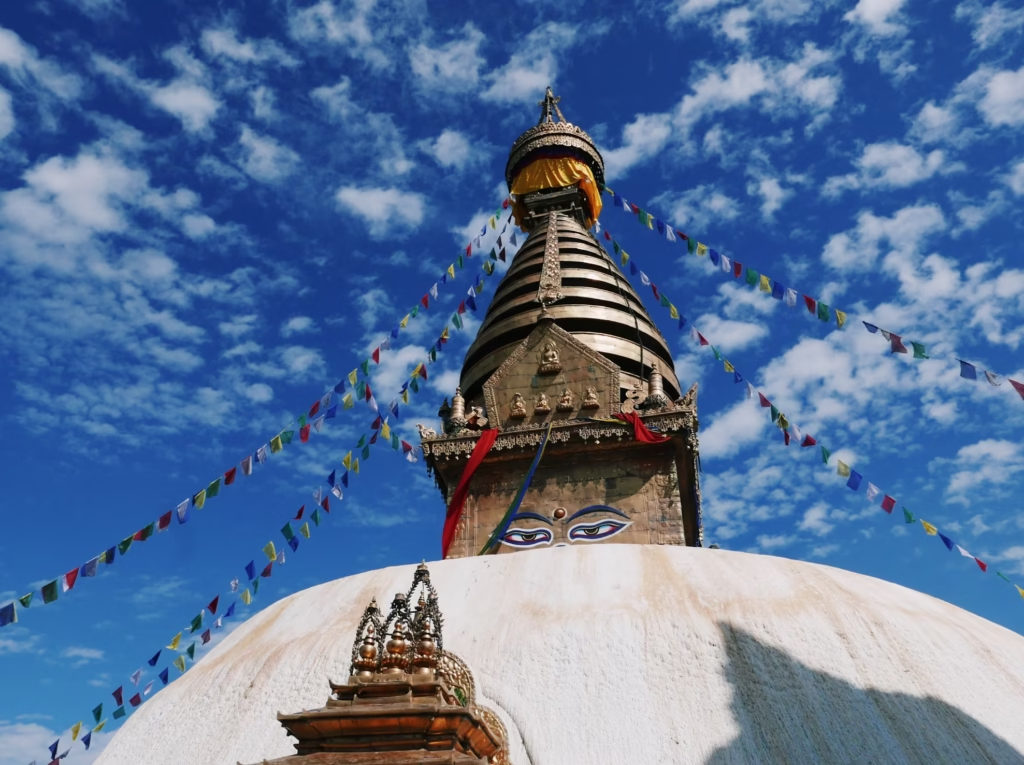
Museums and cultural programs serve to impart knowledge about Nepal for very little if anything in monetary expenditures. Small local museums in various cities exhibit their ethnic heritage, arts, or histories, thus providing an opportunity for some insight for a small fee. Traditional dance performances are sometimes held in tourist spots as a way to give visitors a taste of the country’s many cultures. Attending local festivals and temple ceremonies is enlightening as well as free. Simply walking around the villages celebrating an occasion is any day far more meaningful than participating in one of the fee-aided activities. Those moments crystallize into stories and memories that none of the luxury tours would be able to replicate.
5. Travelling during Off Seasons
One of Nepal’s best budget approaches is traveling during off-peak months, mainly summer (June–August) and winter (December–February). Weather changes during this period; however, one thing is constant-the tourist numbers are always few-and-so are the hefty price falls on hotels, tours, and transport. Off-season travelers will often enjoy discounts ranging from 30% to 50% offered by numerous hostels and hotels, and tourist areas will be less crowded.
With the nature of off-peak travel, you will have even more bargaining power over securing better cut-rate offers and possible upgrades. It does take a little preparation and the right gear to embrace the challenges that weather poses, but taking that leap is worth the while. The memories of an off-peak experience hold much more peace and quiet than the bustling peak seasons.

Off-season travelers will be of great value to the local businesses, giving rise to extra cash and warm hospitality. With fewer tourists, you will find guides and porters available for hire and willing to negotiate lower rates. You will experience and learn about the local culture, visiting markets without the normal tourist interruptions. Contrast this with the ambience of relaxed markets and vendors. It makes these little personal interactions stronger. With fewer crowds, the whole sightseeing experience becomes less hectic and more meaningful. You will also take better pictures with the background uninterrupted.
The landscapes of the off-seasons are beautiful. The monsoon showers earth with freshness and leaves behind clear views of the Himalayas in winter. Many areas, such as the Terai or lower hill regions, remain open even during the rain. Just track local weather updates and road conditions while planning. Smart packing, i.e., a raincoat, warm clothes, good boots, really counts. With the right mindset, travel becomes adventure, and challenges throw themselves at you during the off season. It is another great experience to travel to see the beauty of the scenery within the country’s budget.
6. Bargain and Budget Smartly
Bargaining not only fits into the way people transact in Nepal; rather, it is expected from them during dealings. Local market and small-scale businesses. Whether you are just buying souvenirs, booking a tour, or renting a bike, just dawn on you that it is your right to negotiate the price politely save you a very big chunk of money.. Tourists would be complemented by asking for prices that were traditionally for the animatronic sellers. With a smile, ask for a discount and walk away if it doesn’t feel right. Most likely, sellers will call you back with a better deal. Remember to keep in mind respect and friendliness as part of the local interaction and not as conflict.
A daily budget is necessary for managing your money amidst travel. Tracking your spending makes it easier to prioritize the experiences you are most passionate about. Such applications as Trail Wallet or a good old notepad will serve very well at record keeping. Most of the time we have hundreds of minor purchases that get out of hand-snacks, taxis, or coffee that usually make us lose track, so awareness keeps us in check.
Daily budgets set aside for food, accommodation, and activities ensure that you do not leave mid-way; it will give you guidance on how you spend your money. Few travelers travel with both cash and credit; it pays to be safe because some rural places do not take cards at all.
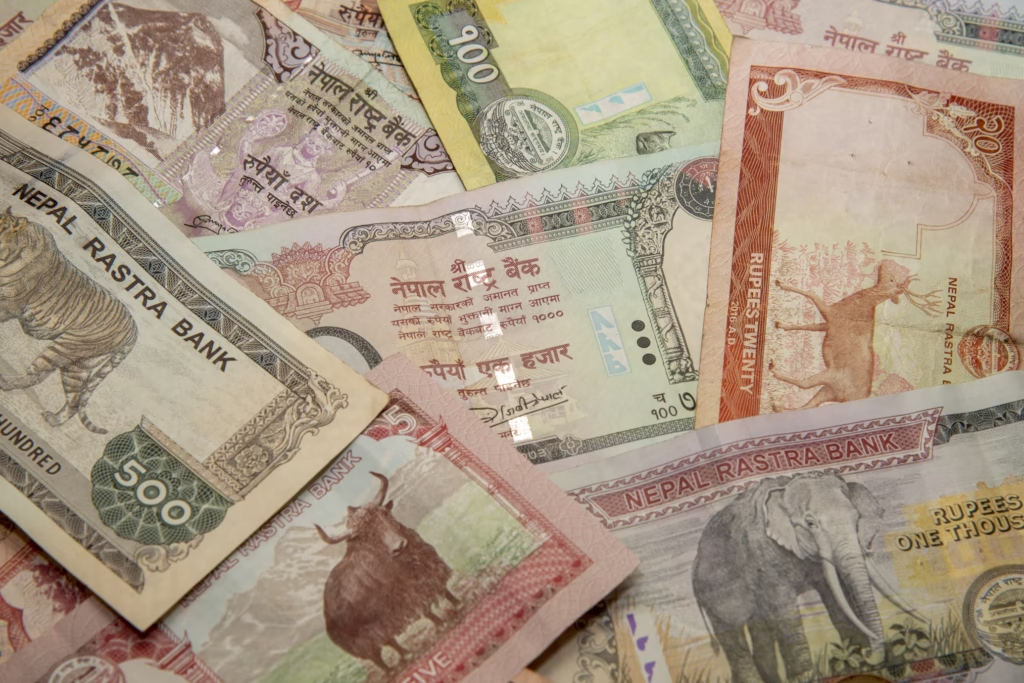
It pays to ask fellow globe trotters about the prices being charged these days in their areas to keep you from being overcharged. You can join a couple of budget-traveling forums or Facebook groups where a lot of people talk about bargains and what they found to be good or bad. Locals can give great honest advice, too, if you just approach them in the right way.
Tourist shops with fixed prices ought to be avoided unless it’s absolutely necessary, and always remember to be careful of scams and pushy sellers. Souvenirs should be bought directly from local artisans as they cost less and support the community. Budgeting smart will make every dollar saved a dollar that could have been used for a new adventure tomorrow.
7. Connect with other Travelers and Locals
Meeting Fellow Travelers-for-Fun Expenses Is not just fun; it is also financially beneficial. If you have a trek or a taxi ride shared with other travelers, it will cut down your cost of travel these expenses are then shared among all the travelers. Many local residents of Nepal have budgets and are thus too open for cost sharing on expenses. Hostels, shared dorms, and backpacker cafes are wonderful ways to meet someone going in the same direction. They help in planning the groups and carpooling using Apps or Facebook. It’s safer, cheaper, and offers a new friendship sometimes.
And also, you need to connect with the locals to travel on a budget. Because Nepali people are considered so generous and hospitable, one would factually find them very welcoming. They would do every possible thing to help the tourist find the cheap restaurants, hotels, and places to visit that even a guidebook would not suffice. Learning a few phrases like “Namaste or Dhanyabad” would gain you goodwill. This really works at some places, where one invites you to a good meal or a local event, saving money and adding variety to your journey. Locals know their towns better than anyone and can profess to give you real and budget-friendly recommendations.
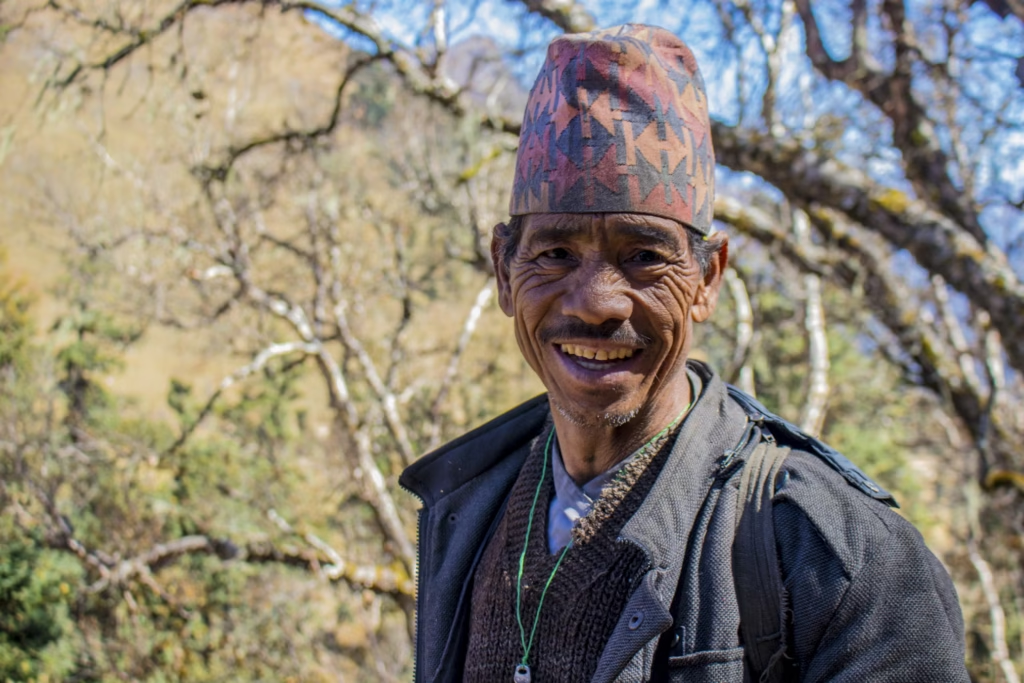
Engaging in community tourism initiatives is another fantastic approach to saving money while returning something to the community. The projects offer village accommodations, cultural experiences, and guided activities at reasonable rates for the community after taking their cut. It encourages the spirit of Nepal beyond the tourist routes. New perspectives will come into your mind, meaningful interactions will take place, and from respectful travel, ethical travel will be encouraged. All these bonds are the sources of memories that linger forever after the trip is over. Money is not what makes your travel unforgettable, it is friendship.
Final Thoughts
Nepal is an easily traversable territory on low budget; rather it is the best way to see and feel the rough beauty of the country and its unfettered spirit. Somehow, with smart planning, sensible choices, and an attitude of flexibility, you will be able to relish the mountains, monasteries, and street life at practically no cost. Every rupee saved means more days of being there, more culture with the locals, and more adventure. The best low-budget travel experiences in Nepal include sipping milk tea at a road stall or trekking to a nearly deserted village. Your real Nepali experience gets better because you are traveling on a budget!
During your travels, you will come to find that some of the best moments are the ones that cost you nothing: a smile from an unfamiliar face, a sunrise over the Himalayas, or a hearty laugh with your fellow travelers. Choosing local over luxury and connection over convenience leaves you with experiences that cannot be bought. Nepal welcomes gentle hearts that are in harmony with her land and people. These slower rhythms and grounded ways will gift you not only a break but also a lens to see beyond the things you always place on a pedestal. Those are the moments that change a holiday into a pilgrimage for the heart.
Pack less, plan better, and stay flexible. With this kind of state of mind and the budget-friendly tips above, Nepal will reward you with experiences far greater than those written in any travel checklist. Traveling on a budget doesn’t mean renouncing joy or adventure-it means finding value in every step. May the mountains guide you, the people warm you, and the simplicity of Nepal make you realize that the best things in life are often free. Happy travels and may your little trip through Nepal be just as magical as it is inexpensive!
